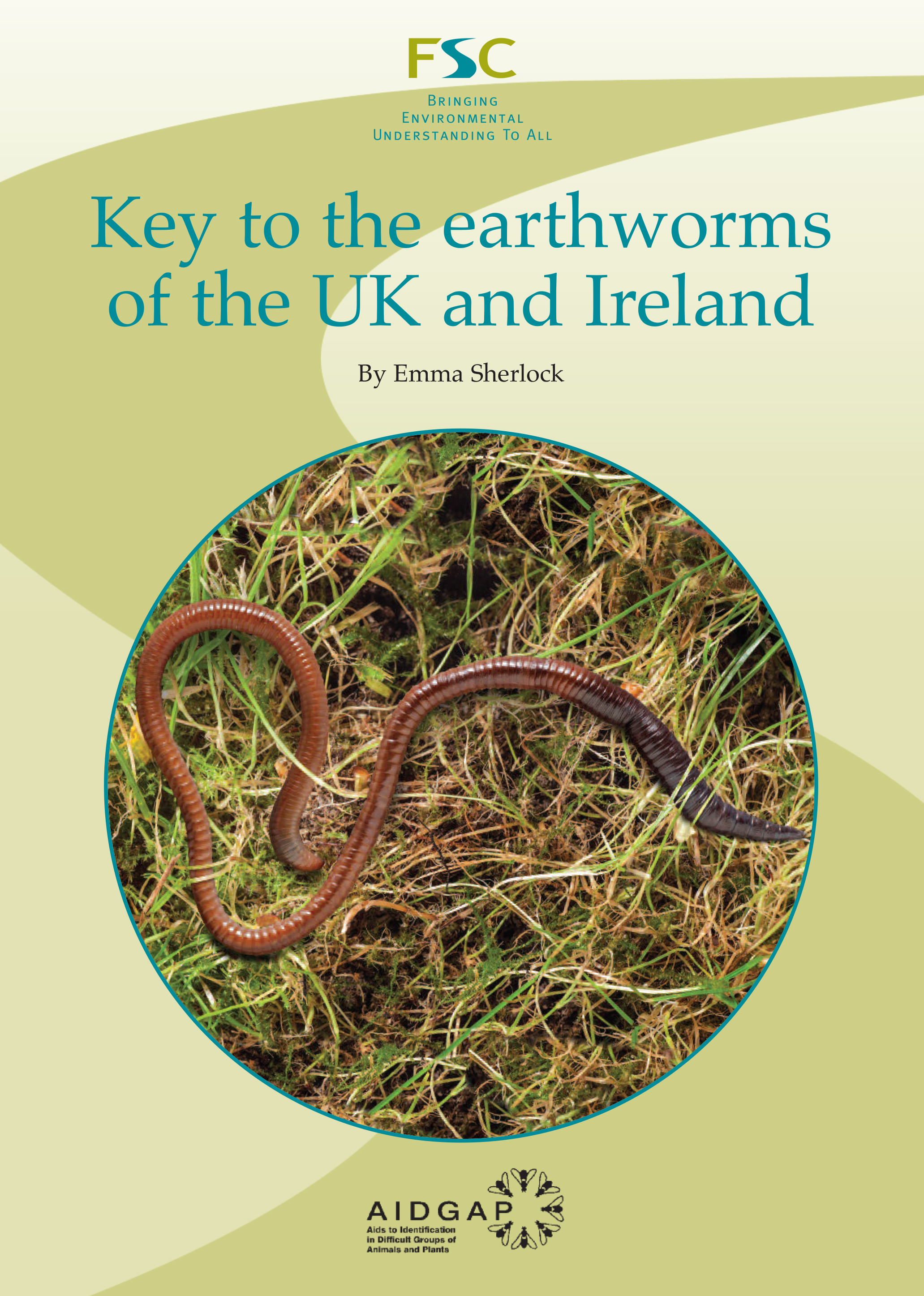AIDGAP Earthworms of the UK and Ireland second edition out in April 2018!

A second edition of the AIDGAP Earthworm identification key has been produced and will be available from April.
The book will be double the size of the first edition and have a lot of additional features. These features include many more live pictures and line drawings, a much larger biology and ecology section at the front, better wording in the key itself and the ability to key out outliers but the biggest difference will be the inclusion of a key to the most common earthworms found in artificial environments (but not currently found living in our soils). I will give a fuller account of this in the next bulletin. However for this article I wanted to include a major taxonomic update which will affect regular recorders as the generic name of 2 of our worms have changed.
Allolobophoridella eiseni and Dendrodrilus rubidus have both been moved to the genus Bimastos by a new Paper released in the summer; Csuzdi et al 2017. This was a comprehensive study providing conclusive molecular (DNA work mapping out the genetic relationship between species) and morphological (physical characters) evidence. This is a big change as the genus Bimastos has its origins in North America (since the late cretaceous) and the only time it’s previously appeared in our UK records was the inclusion of Bimastos parvus in past identification guides. This however was taken out by Sims and Gerard in the 1985 guide as there was no evidence of its existence here (it was probably Bimastos eiseni as Pop previously had synonymised the two species)
There has been a lot of talk of European Lumbricid earthworms being introduced to North America however there are, just a few, indigenous North American Lumbricid worms. These are housed in the genera Bimastos and Eiseniodes. Collectively they include just 9 species and so the addition of these 2 worms significantly increases the known native fauna. To add further evidence; Csuzdi et al also report the discovery of an earthworm cocoon thought to be from rubidus from a lake sediment dated back to over 7,000 years ago in Ontario Canada. Thousands of years before humans would have been transporting them.
The similarity of these species to our native fauna and the fact they have colonised here in Europe clearly for over 100 years ago at least (eiseni was described by Levinsen a Swedish man in 1884 and rubidus by Savigny- a frenchman in 1826), means they pose no threat of change to our environments, but it’s an interesting new perspective on where they fit in the grand earthworm scheme!
If you fancy increasing our distributional knowledge of these species and record for the society…. these particular species are often found in or under rotting logs or in tree holes, so do look out for them!

Except where otherwise indicated, this work was created by Emma Sherlock on behalf of the Earthworm Society of Britain and is licensed under a Creative Commons Attribution 4.0 International License.

 Join us now!
Join us now!